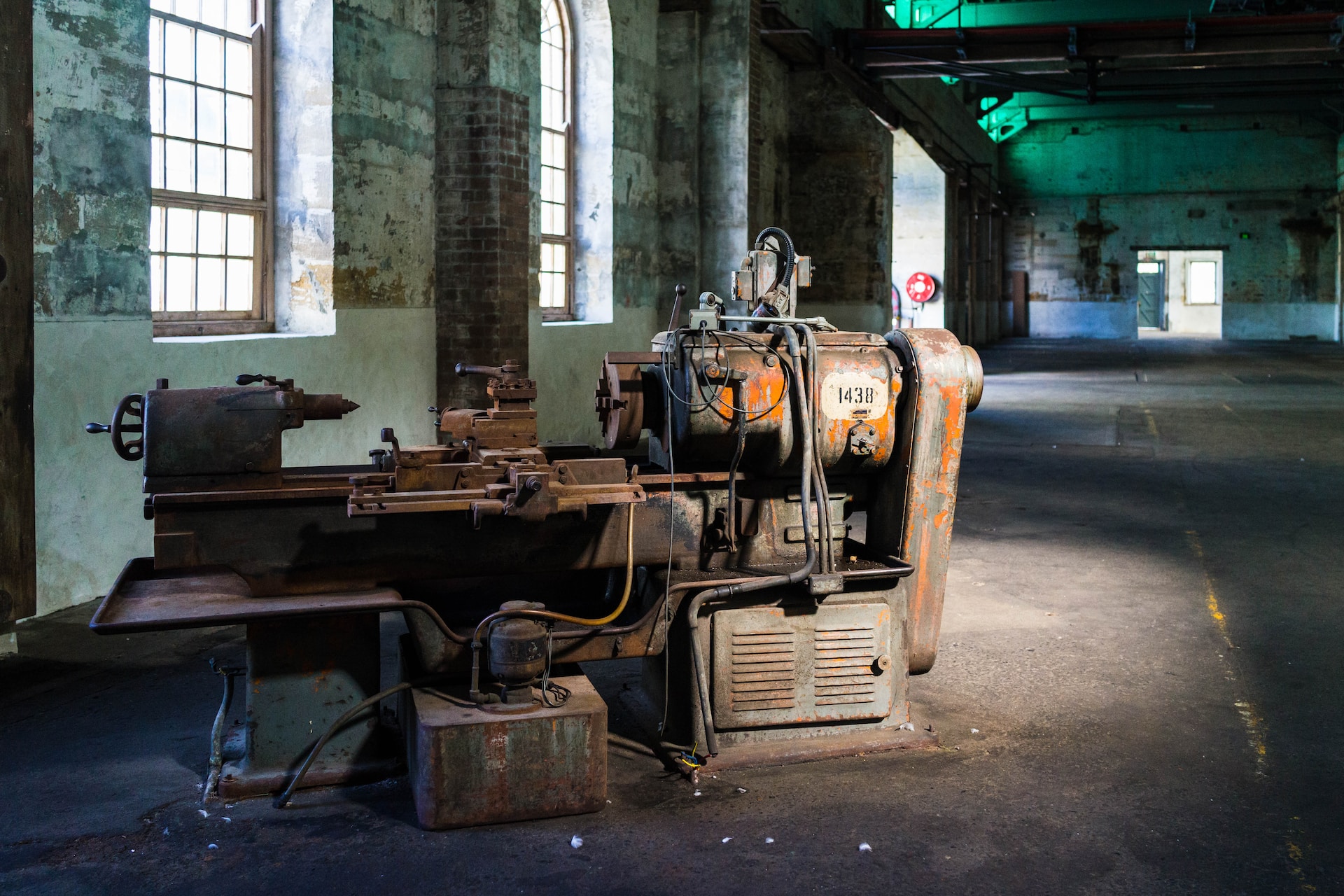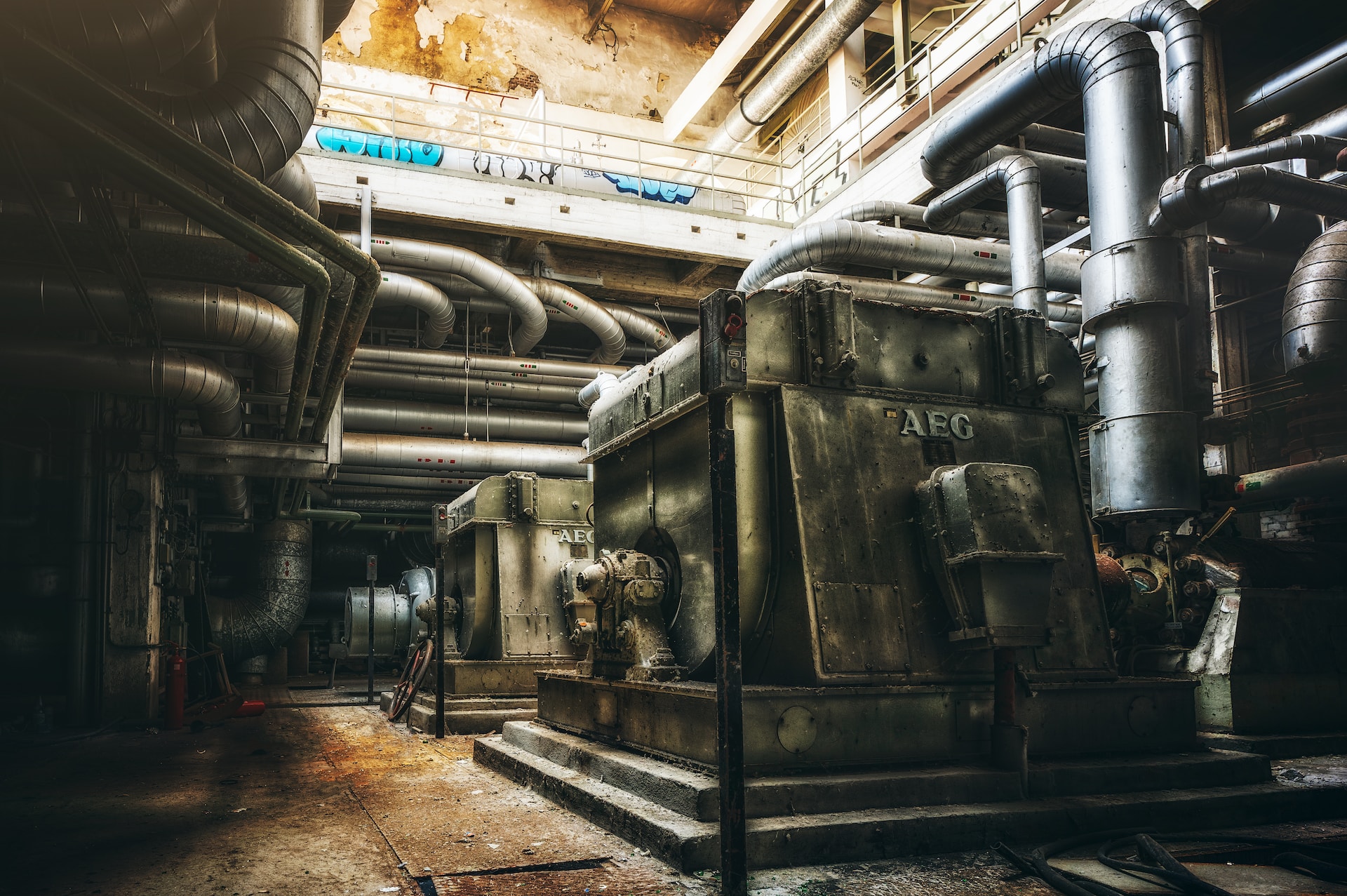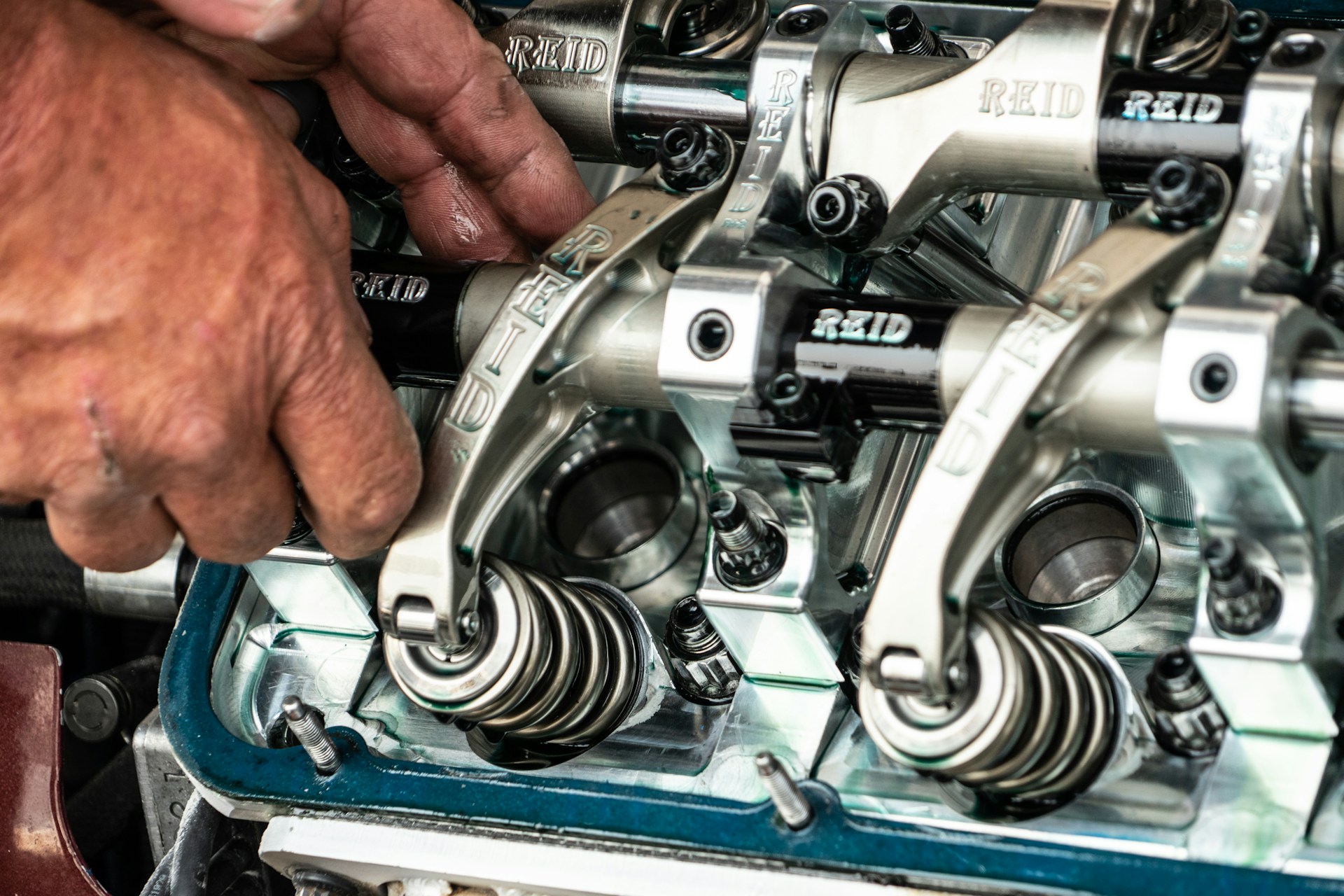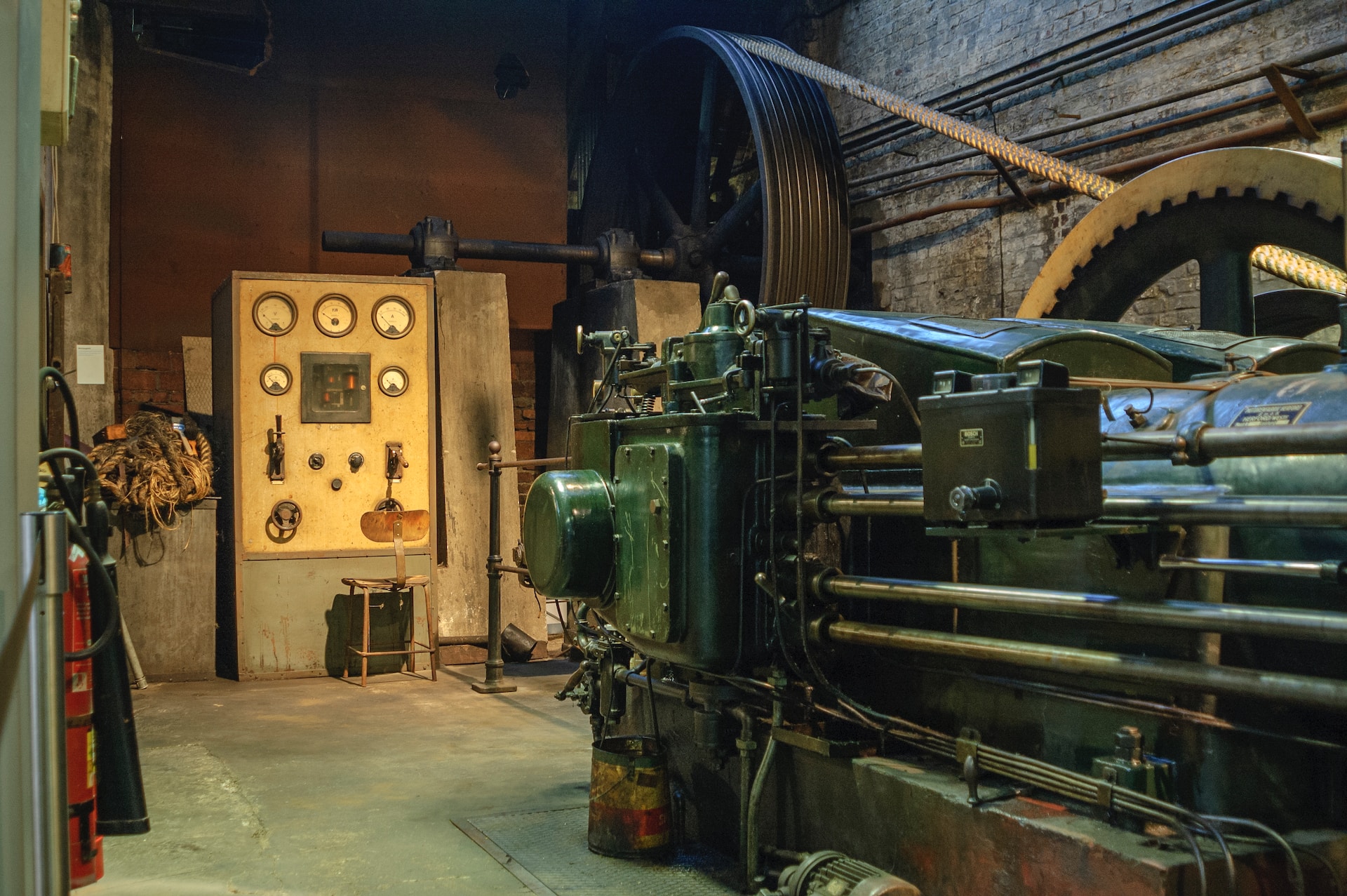
How to Prepare Your Home for Installation of a Standby Generator
You’re considering a standby generator for your home, but unsure how to prepare? You’re not alone. This guide’s got you covered.
We’ll go through the basics, help you pick the right spot, prepare the installation site, and even give you tips on hiring a professional installer.
Post-installation maintenance? We’ve got that too.
So, let’s get your home ready for that standby generator installation. It’s easier than you think.
Understanding Standby Generator Basics
First, you need to understand that a standby generator is a backup electrical system that operates automatically, providing power to your home when the main power grid fails. It’s a permanent fixture, unlike portable generators.
It’s connected to your home’s electrical panel and fueled by an external source, either a natural gas line or a propane tank. When power loss is detected, the automatic transfer switch disconnects you from your utility after which the generator takes over.
The generator’s size dictates the number of appliances it can run. You’ll have to decide between air-cooled generators, which are suitable for small to medium-sized homes, and liquid-cooled generators, ideal for larger homes or small businesses.
It’s crucial to understand these basics before proceeding with the installation.

Choosing the Right Location
Once you’ve grasped the basics, it’s crucial to choose the right spot for your generator’s installation. You’re looking for a location that provides safety, accessibility, and efficiency.
The generator should be outdoors, placed on a flat, stable surface, and away from windows and vents to prevent exhaust fumes from entering the house. It’s essential to respect local codes for distance from property lines and buildings.
Consider flood zones; your generator should be high enough to avoid potential water damage. You’ll also want easy access for maintenance and fuel delivery.
Lastly, consider noise levels. Placing your generator too close to living spaces might cause disturbance. A professional installer can help you determine the ideal location based on these factors.
Preparing the Installation Site
After selecting the perfect spot, it’s time for you to prepare your installation site, ensuring it meets all the necessary conditions for your standby generator.
Start by clearing any debris, plants, or other obstructions, creating a clean, level surface. Your generator requires good airflow, so it’s important not to block its vents with walls or fences. Keep a clearance of at least 5 feet from any windows, doors, or vents to prevent carbon monoxide from entering your home.
You’ll also need a concrete pad, roughly 3×3 feet for the generator to sit on. Always adhere to local codes, including electrical and gas connections.
Hiring a Professional Installer
When it’s time to install your standby generator, hiring a professional installer can ensure the job’s done right. You’ll want someone who’s familiar with the technical aspects of generator installation, including proper placement, electrical connections, and fuel source setup. They should be certified, insured, and have a good track record of successfully completed jobs. Don’t hesitate to ask for references or proof of credentials.
Additionally, a professional can guide you on local ordinances and permits required. They’ll also provide a detailed quote, eliminating surprise costs. Remember, incorrect installation can lead to inefficiencies, safety issues, or damage to your generator. So, hiring a professional isn’t just a wise decision, it’s a necessary one.

Maintenance Tips Post-Installation
Now that your professional installer has set up your standby generator, it’s crucial you understand the importance of regular maintenance to ensure its longevity and efficiency.
Firstly, conduct a weekly exercise routine. This involves running the generator under load for about 30 minutes to keep it in peak condition. Remember to check the oil level at least once every eight hours of operation. If it’s low, refill with the manufacturer-recommended oil.
Annually, replace the air and fuel filters. Dust and debris can clog these elements, reducing the generator’s performance.
Every two years, replace the spark plugs and check the battery. A weak battery can’t start the generator.
Lastly, keep an eye on the coolant level. It’s essential for preventing your generator from overheating.
Conclusion

You’ve now learned the essentials of preparing your home for a standby generator.
You’ve chosen the perfect location, prepped the site, and hired a professional.
Remember, post-installation maintenance is key to the generator’s longevity.
With these steps, you’re well-equipped to handle power outages with ease.
Enjoy the peace of mind that comes with knowing your home is always powered, even in the toughest conditions.

Comments (0)